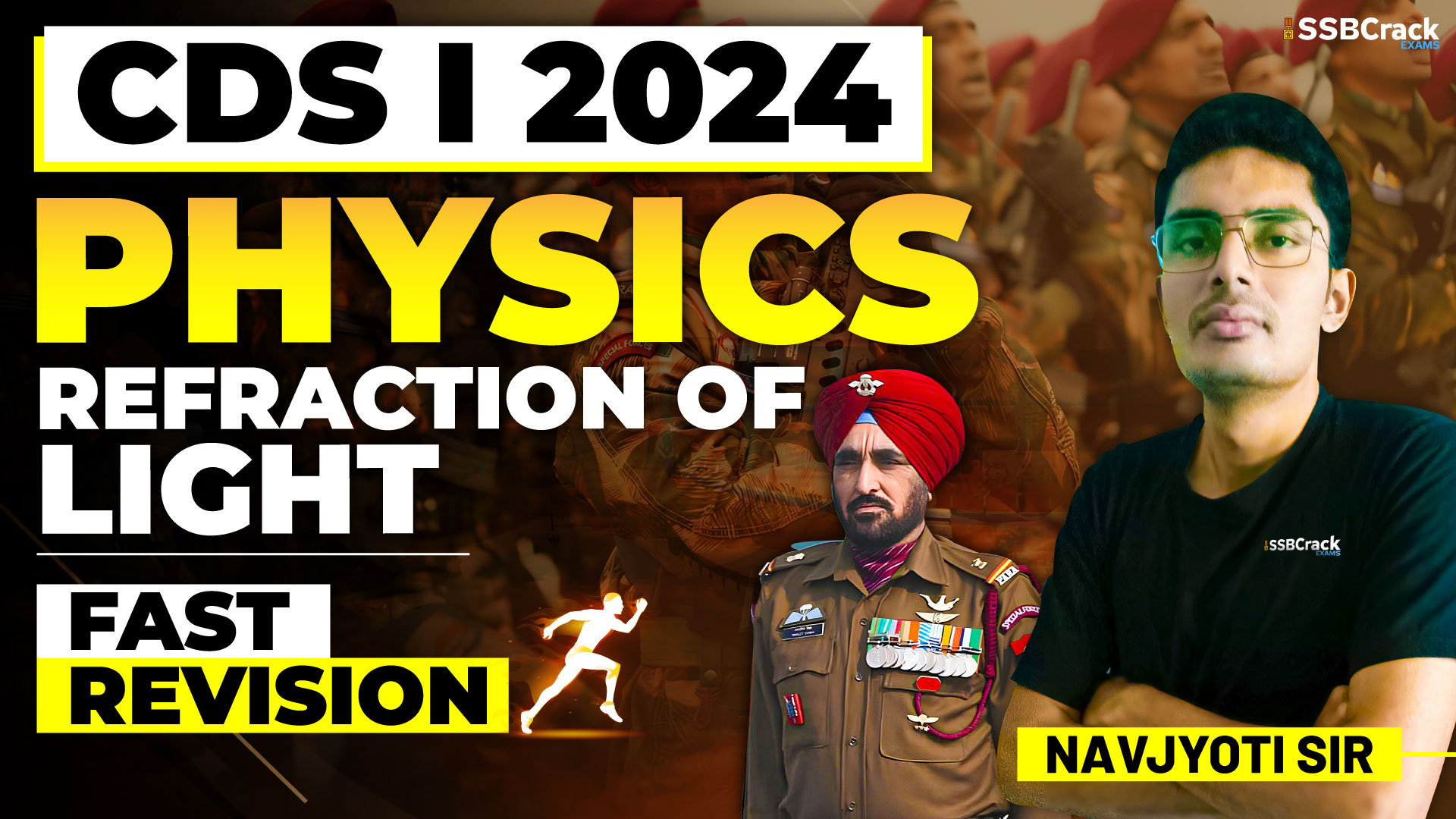Welcome to the CDS 1 2024 Physics Lecture focusing on the intriguing topic of refraction of light. In this session, we will delve into the fundamental concepts of light refraction, starting from the basics and progressing to more advanced topics. By the end of this lecture, you will have a solid understanding of the principles behind refraction and its various applications.
Introduction to Refraction
To begin, let’s understand what refraction of light is. Refraction occurs when light passes from one medium to another and changes direction due to a change in its speed. This phenomenon is responsible for many everyday observations, such as the bending of a straw in a glass of water or the sparkle of a diamond.
Laws of Refraction
The laws of refraction govern how light behaves when it enters a new medium. These laws dictate that the incident ray, the refracted ray, and the normal to the surface of the boundary where the light enters the medium all lie in the same plane. Additionally, the ratio of the sine of the angle of incidence to the sine of the angle of refraction is constant and is known as the refractive index of the medium.
Refractive Index – Absolute and Relative
The refractive index of a medium measures how much light is bent or refracted when it enters that medium. There are two types of refractive index: absolute and relative. The absolute refractive index compares the speed of light in a vacuum to its speed in the medium, while the relative refractive index compares the speeds of light in two different media.
Lens
Lenses are optical devices made of transparent material that can bend light rays. There are two main types of lenses: convex and concave. A convex lens is thicker at the center and converges light rays, while a concave lens is thinner at the center and diverges light rays.
Image Formed by Lens – Convex and Concave
When light passes through a lens, it forms an image. The nature of the image depends on the type of lens and the position of the object relative to the lens. With a convex lens, the image can be real or virtual, depending on the object’s position. With a concave lens, the image is always virtual and upright.
Power of Lens
The power of a lens measures its ability to bend light rays and is measured in diopters. The greater the power of a lens, the more it can bend light rays. Power is inversely proportional to focal length, so a lens with a shorter focal length has greater power.
Magnification
Magnification is a measure of how much larger or smaller an image appears compared to the object. It is calculated as the ratio of the height of the image to the height of the object. Magnification can be positive or negative, depending on whether the image is upright or inverted.
Conclusion
In this lecture, we’ve explored the fascinating world of light refraction, covering the basic principles, laws, and applications of refraction. Understanding these concepts is essential for various fields, including optics, photography, and engineering. Keep exploring, keep learning, and marvel at the wonders of light and its behavior!



















